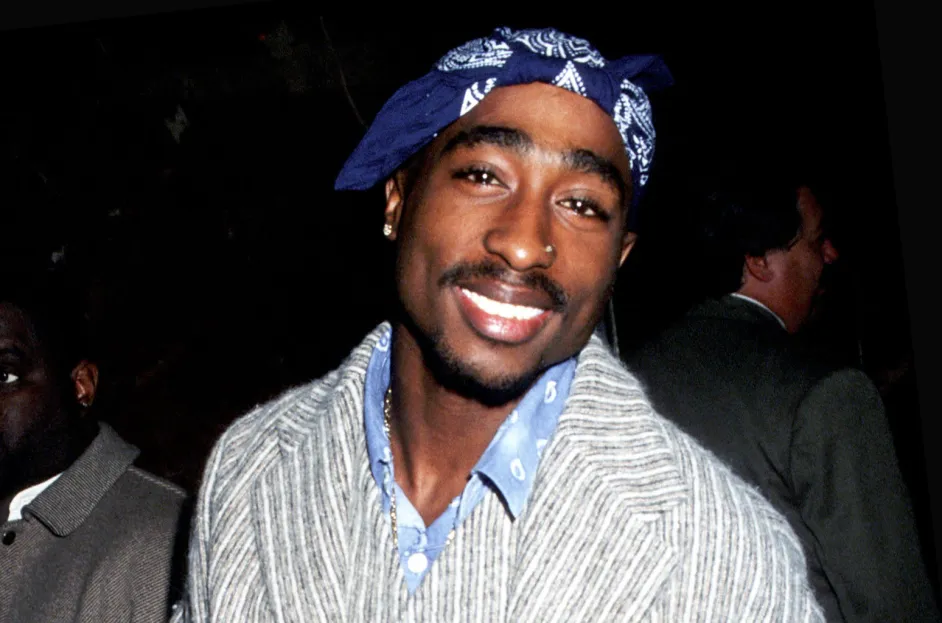In the vibrant landscape of music genres, rap ballads stand out as a unique and compelling fusion of rap and R&B elements. This intriguing blend creates a musical experience that is emotionally resonant and lyrically powerful. In this comprehensive guide, we will delve deep into the world of rap ballads, exploring their origins, characteristics, notable examples, and their impact on contemporary music culture.
What Defines Rap Ballads?
Rap ballads, also known as hip-hop ballads, are a subgenre of rap music characterized by their introspective and emotional themes. Unlike traditional rap songs that often focus on boasting, storytelling, or social commentary, rap ballads prioritize expressing vulnerability, personal struggles, and deep emotions. These songs typically feature slower tempos, melodic hooks, and introspective lyrics delivered with a mix of rapping and singing.
Origins and Evolution
The roots of rap ballads can be traced back to the late 1980s and early 1990s when hip-hop was diversifying its sound and subject matter. Artists like LL Cool J, Tupac Shakur, and Nas were among the pioneers who experimented with blending rap with soulful melodies and heartfelt lyrics, laying the groundwork for the emergence of rap ballads.
As the genre evolved, artists began to explore new sonic territories, incorporating elements of R&B, jazz, and even rock into their ballads. This evolution gave rise to a diverse range of styles within the rap ballad subgenre, from smooth and romantic tracks to introspective and socially conscious anthems.
Characteristics of Rap Ballads
Rap ballads, a subgenre within hip-hop, possess distinct characteristics that set them apart from traditional rap songs. These characteristics contribute to the emotional depth and musical richness that define rap ballads:
1. Emotional Depth: Rap ballads prioritize emotional expression, delving into personal experiences, relationships, and inner struggles. Unlike upbeat rap tracks focused on bravado, ballads explore themes like love, heartbreak, resilience, and introspection.
2. Melodic Hooks: Unlike typical rap songs driven by rhythmic beats and rhymes, rap ballads incorporate melodic hooks and choruses. These melodic elements, often sung by the artist or a featured vocalist, add a musicality that complements the introspective lyrics.
3. Mix of Rapping and Singing: Rap ballads seamlessly blend rap verses with sung vocals. This combination allows artists to convey their emotions with versatility, switching between rhythmic flows and melodic refrains to enhance the song’s emotional impact.
4. Subject Matter: The lyrics of rap ballads tackle a range of subjects, from personal struggles and triumphs to love, loss, and self-reflection. Artists use ballads as a platform for vulnerability, sharing intimate stories and connecting with listeners on an emotional level.
5. Instrumentation: While rap ballads maintain a foundation in hip-hop production with drum loops and samples, they often incorporate live instrumentation or lush arrangements. Pianos, strings, and soulful melodies create a rich musical backdrop that complements the song’s emotional themes.
6. Narrative Storytelling: Many rap ballads adopt a narrative storytelling approach, painting vivid pictures with words and allowing listeners to journey through the artist’s experiences. This storytelling style adds depth and relatability to the music, drawing listeners into the song’s narrative arc.
Notable Examples
Several notable examples highlight the diversity and impact of rap ballads within the hip-hop genre, showcasing the range of emotions, storytelling prowess, and musical innovation characteristic of this subgenre:
1. “Dear Mama” by Tupac Shakur: A timeless classic, “Dear Mama” is a heartfelt tribute to Tupac’s mother, expressing gratitude, love, and appreciation. The song’s soulful production, coupled with Tupac’s introspective lyrics, resonated deeply with listeners and remains an enduring example of rap ballads’ emotional depth.
2. “Love Yourz” by J. Cole: J. Cole’s “Love Yourz” is a poignant ballad that reflects on life’s struggles and the importance of finding contentment within oneself. With its introspective lyrics, melodic chorus, and soulful instrumentation, the song delivers a powerful message of self-acceptance and gratitude.
3. “Stan” by Eminem (feat. Dido): While known for his intense lyrical style, Eminem’s “Stan” stands out as a haunting narrative ballad. The song tells the story of an obsessive fan named Stan through emotionally charged verses and a sampled chorus from Dido’s “Thank You,” showcasing Eminem’s storytelling prowess and emotional depth.
4. “Lost Ones” by Lauryn Hill: Lauryn Hill’s “Lost Ones” is a soulful and introspective ballad that addresses themes of love, betrayal, and personal growth. Hill’s powerful vocals and thought-provoking lyrics make “Lost Ones” a standout example of rap ballads’ ability to tackle complex emotions and societal issues.
5. “I Need Love” by LL Cool J: A pioneering track in the rap ballad subgenre, “I Need Love” by LL Cool J combines rap verses with a melodic chorus, exploring themes of romance and vulnerability. The song’s crossover appeal and innovative blend of rap and R&B elements paved the way for future rap ballads.
Impact on Contemporary Music
Rap ballads have had a profound impact on contemporary music, influencing artists across genres and expanding the sonic possibilities of hip-hop. Their ability to combine raw emotion with musicality has resonated with listeners worldwide, contributing to the genre’s continued evolution and relevance.
In recent years, artists like Drake, Kendrick Lamar, and J. Cole have further pushed the boundaries of rap ballads, infusing them with innovative production techniques, eclectic influences, and personal storytelling. This ongoing creativity ensures that the legacy of rap ballads remains vibrant and influential in today’s music landscape.
Conclusion
Rap ballads represent a compelling intersection of rap’s lyrical prowess and R&B’s emotive melodies, offering artists a platform to explore complex emotions and experiences. From their humble beginnings to their current influence on contemporary music, rap ballads continue to captivate audiences and showcase the diverse artistry within hip-hop.
As artists continue to innovate and experiment, the future of rap ballads promises to be dynamic and exciting, shaping the musical landscape for years to come. Whether delving into matters of the heart or addressing societal issues, rap ballads remain a powerful medium for artistic expression and connection.

